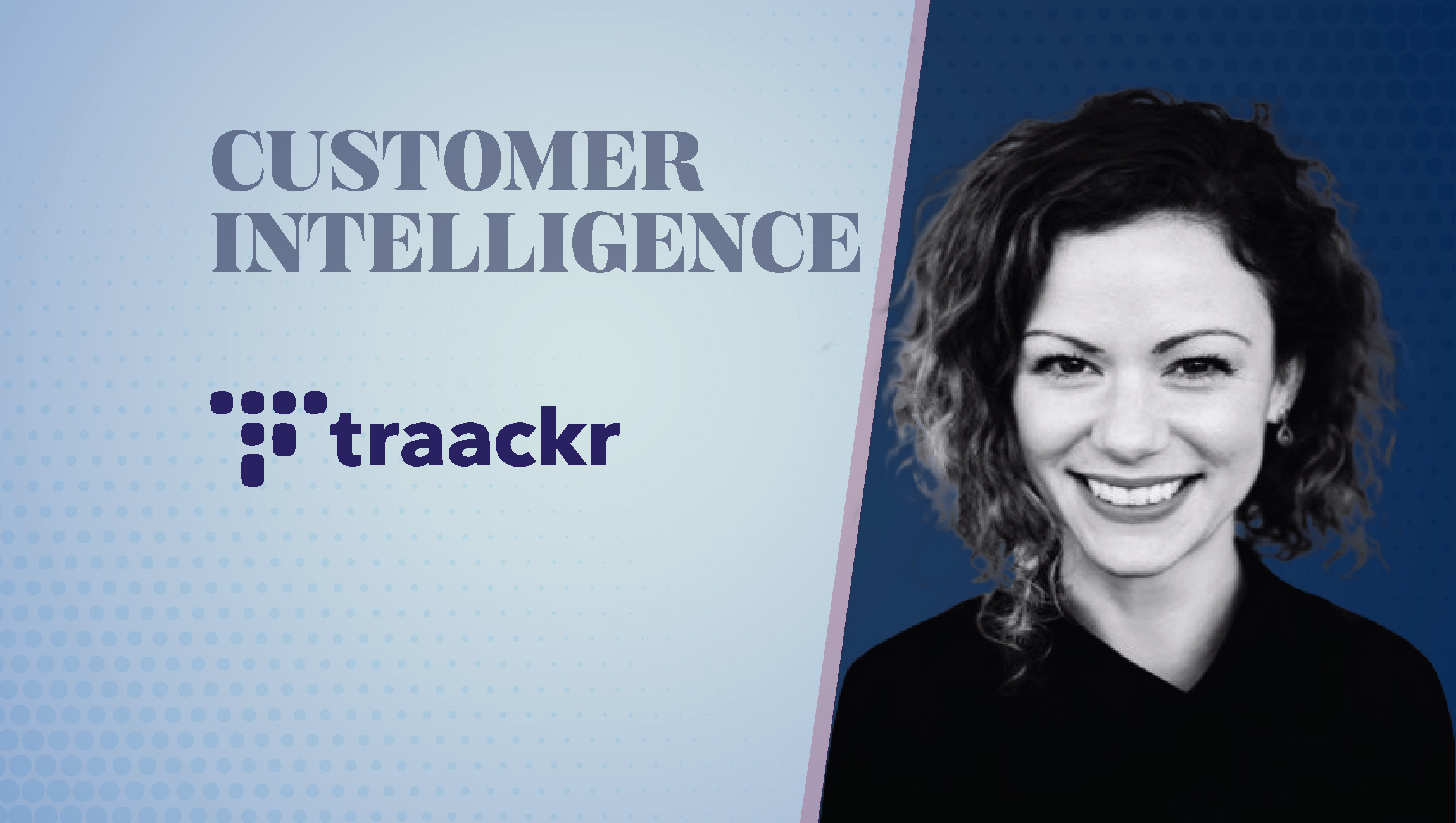June saw campaigns focused on Pride in every industry from beauty and fashion to enterprise technology – some landed with the LGBTQIA+ community, some didn’t. Why are brands so interested in creating Pride-specific campaigns?
It’s typical (and now even expected) to see brands release special edition rainbow products in “celebration” of Pride. The benefit for brands having Pride campaigns, beyond the obvious boost to their bottom line, is the ability to build new relationships, and create a company that is relatable, inclusive and socially aware.
However, this year indicated a major shift in consumer and influencer expectations for brands who run Pride campaigns. The bar was set much higher for responsibility, advocacy and charitable giving to the LGBTQIA+ community. Consumers are looking at every Pride campaign with a critical eye and some, like Marks & Spencer’s “LGBT” rainbow packaged sandwich did not feel authentic to the community. A successful campaign will depend not on a single month of Pride-specific Marketing campaigns, but on the ability to forge relationships with the community in consistent and authentic ways year-round.
How are consumer and influencer expectations changing for branded Pride campaigns? How can brands successfully meet them?
Consumers expect that the brands they support are mission-driven and share the same beliefs and core values that they do. Brands are no longer excused for staying out of social issue advocacy, and we should expect this will become more commonplace in the coming years. As a result, there is an increasing amount of pressure for marketers to have a voice on social issues while maintaining authenticity with their audience.
As it relates to Pride Month, it’s no longer enough to release a rainbow product in June. Brands now need to build real, long-term relationships with the LGBTQIA+ community and support advocacy to demonstrate they “walk the walk” beyond Pride month. This could take the form of donating money to LGBTQIA+ related causes, helping to build programs that help the community, or consistently and mindfully promoting diversity and inclusion in their Marketing year-round and within its own employees. Having an LGBT sandwich for one month of the year does not represent a broader mission of inclusivity, but instead, a company trying to profit off a community
What are the top three brands that ran successful Pride campaigns this year? What elements do you think made them successful?
By analyzing data from Traackr’s Influencer Market Benchmark on major brands that ran Pride Influencer Marketing campaigns, we found Converse, Disney and Calvin Klein were three top brands that ran engaging campaigns. We monitored influencer content for five key KPIs: number of unique influencers that mentioned the brand, total number of mentions, number of engagements, potential audience reach, and number of video views.
Some key insights are:
- Disney came out ahead in almost all of the KPIs, with the exception of influencer engagement rate.
- Calvin Klein won highest engagement rate on influencer content.
- Converse came in second for number of unique influencers mentioning their brand, number of total mentions, number of engagements, and potential audience reach.
Across all three brands, two clear similarities in campaigns were apparent — Experiential Marketing and Authentic Advocacy. This year, engaging, positive campaigns revolved around exclusive events or experiential Marketing opportunities for influencers and LGBTQIA+ community members. Disney, for example, not only launched a collection of Mickey Mouse ears and attire in support of Pride, they also hosted several Pride specific events (like Magical Pride in Paris). Events like these not only achieved high engagement rates, they also give back to the community by providing safe, fun spaces for folks to celebrate Pride.
To ensure these brands were not just churning a profit from Pride merchandise, all three donated proceeds from their Pride collections to LGBTQIA+ or human rights nonprofits: Calvin Klein donated to the Human Rights Campaign, Disney donated to GLSEN, and Converse donated to the It Gets Better Project and OUT Metrowest.
All three brands also made sure to elevate people identifying as LGBTQIA+ in their campaigns, with the aim of maximizing visibility and amplifying marginalized voices. One of the most notable was Calvin Klein’s partnership with trans actress Indya Moore (known for her role on hit TV show “Pose”), where she made her modeling debut as the face of the CK Pride capsule collection.
What’s most important is that the brand has (or is building) a history of authentic advocacy and support. Pride or LGBTQIA+ campaigns are different from others in that they are focused on a very specific part of an audience’s identity that can still be targeted for abuse and ostracism today. It’s paramount for brands to be mindful and authentic when approaching any partnerships or campaigns with people in the community.
What types of KPIs should brands measure in order to determine the success of Pride campaigns?
As with any campaign, the KPIs brands measure to determine success depend on their Marketing goals. Are they most interested in increasing brand awareness? Or are they most interested in seeing engagement and brand affinity across specific audience demographics?
At Traackr, we recently introduced the Brand Vitality Score (VIT), a KPI that measures the visibility, impact and trust influencer content for a brand, and also enables the marketer to drill down into each element that makes up the score to better connect actions to the desired impact.
If a brand chooses to collaborate with influencers, they need to consider which influencer tier typically performs best for their goals and build realistic KPIs from there. For example, microinfluencers have smaller reach but typically get the highest conversion rates, while celebrity influencers have huge audiences and are great for raising brand awareness but may not have as high of conversion rates. Once a brand decides what goals they want to achieve with their campaign, they can then utilize data points like engagement rates on influencer posts, sentiment, and overall organic conversations to measure success.
How can marketers leverage technology to find and partner with the best / right influencers in the LGBTQIA+ community?
Influencer Marketing tools can assist in influencer identification and relationship management for campaigns. Platforms like these provide marketers information on influencers’ audiences and content; and enable them to determine if there is brand value alignment between the brand and influencer.
Discovery can be a time-consuming step in planning influencer campaigns, but it’s arguably the most important one to ensure an influencer will have brand affinity and the right target audience. Campaign and relationship management capabilities are crucial in scaling your ability to maintain greater numbers of authentic, longer-term relationships, which are especially necessary to resonate in the LGBTQIA+ community. Technology is also essential for analyzing ROI and predicting the performance of campaigns based on the impact individual influencers are driving.
Therese Little is a Senior Sales Director at Traackr. A strategic Sales and Business Development professional with demonstrated success across the industry in both new Sales and Account development, She values curiosity, optimism, diligence, and empathy.
Therese is an experienced mentor and leader and derives extreme satisfaction from achieving reciprocal victories with clients and colleagues alike.
We transform brands with Influencer Relationship Management and are the standard for measuring the impact of influencer content on your market share.
With one tweet, tap, or snap we interact with our peers in an instant, as we do with brands. This new social fabric affects how people relate to and involve themselves with brands, ultimately enabling them to be more than just buyers. At Traackr, we see our technology and our team as agents of change to support our customers through their transformation. Our clients include L’Oréal, Coca-Cola, Google, Microsoft, Samsung, and Nissan.
We have fostered a culture that empowers our team to spend every ounce of energy towards solving our customers’ problems and lifting their businesses through influencer marketing. It’s our method that tames the madness.





Comments are closed.